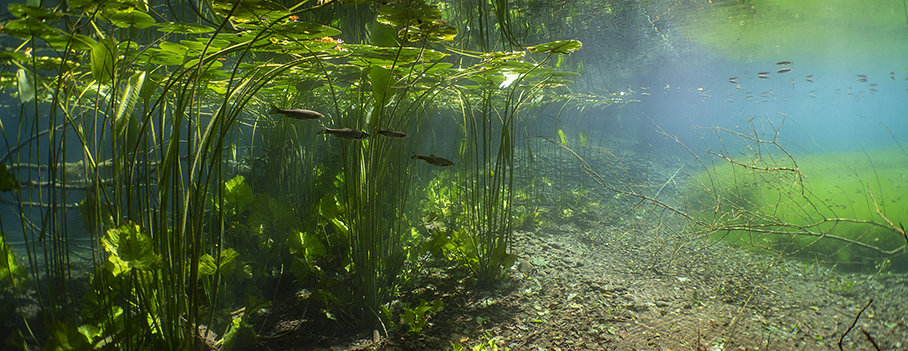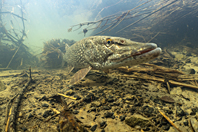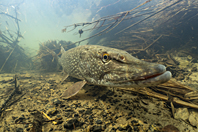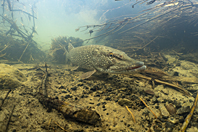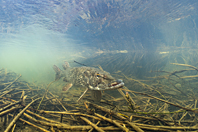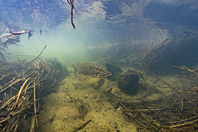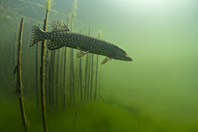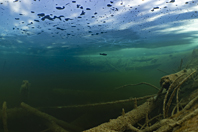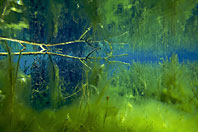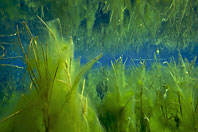| Images produced on behalf of the Renaturation Fund of the Canton of Bern from 2022 to 2023. | |
Rivers, streams and lakes should be designed as close to their natural state as possible. Wherever possible, what was previously obstructed should be restored to its natural state. This is the goal of the renaturation fund of the Canton of Bern. |
|
|
Abländschen |
Haslital |
Simmental |
|
|
Merligen |
Hunzigenau Münsingen |
Belp |
Schalunen |
|
Schwarzenburg |
Ferenbalm |
Lyss |
|
|
Wangen an der Aare |
Büren an der Aare |
Büren |
The book on the project |
Red dots  indicate personal favorites indicate personal favorites |
|||
Jäunli, Abländschen – like in a coral reef
|
|||
| (Back to the overview) | |||
 |
 |
||
 |
 |
||
 U103-1228 |
  U103-1229 U103-1229 |
  U103-1231 U103-1231 |
 U103-1234 |
  U103-1235 U103-1235 |
  U103-1238 U103-1238 |
 U103-1239 |
  U103-1240 U103-1240 |
 U103-1241 |
  U103-1242 U103-1242 |
 U103-1243 |
 U103-1244 |
  U103-1245 U103-1245 |
 U103-1246 |
 U103-1247 |
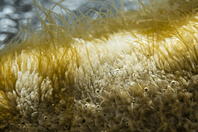  U103-1248 U103-1248 |
 U103-1250 |
  U103-1251 U103-1251 |
 U103-1253 |
  U103-1254 U103-1254 |
 |
 |
||
 |
 |
||
  U103-1226 U103-1226 |
 U103-1224 |
 U103-1222 |
  U103-1221 U103-1221 |
  U103-1220 U103-1220 |
 U103-1219 |
 U103-1218 |
  U103-1215 U103-1215 |
  U103-1214 U103-1214 |
  U103-1211 U103-1211 |
 U103-1208 |
  U103-1207 U103-1207 |
  U103-1284 U103-1284 |
 U103-1285 |
  U103-1286 U103-1286 |
 U103-1205 |
  U103-1204 U103-1204 |
 U103-1202 |
 U103-1200 |
 U103-1199 |
 |
 |
||
  U103-1171 U103-1171 |
  U103-1172 U103-1172 |
 U103-1177 |
 U103-1185 |
  U103-1188 U103-1188 |
 U103-1190 |
  U103-1191 U103-1191 |
 U103-1192 |
 U103-1198 |
  U103-1466 U103-1466 |
  U103-1476 U103-1476 |
 U103-1478 |
 |
 |
||
  U103-1468 Horsetail U103-1468 Horsetail |
 U103-1469 Horsetail |
  U103-1471 Butterbur U103-1471 Butterbur |
 U103-1472 Butterbur |
 U103-1463 |
 U103-1168 |
 U103-1169 |
 U103-1170 |
|
|||||||||||||||||||||||
 |
 |
||||||||||||||||||||||
 |
 |
||||||||||||||||||||||
 |
 |
||||||||||||||||||||||
  U103-997 U103-997 |
 U103-999 |
  U103-1001 U103-1001 |
 U103-1003 |
||||||||||||||||||||
 U103-1005 |
 103-1008 |
  U103-1009 U103-1009 |
  U103-1103 U103-1103 |
||||||||||||||||||||
 U103-1109 |
  U103-954 U103-954 |
 U103-955 |
  U103-881 U103-881 |
||||||||||||||||||||
 U103-882 |
  U103-883 U103-883 |
 U103-884 |
 U103-888 |
||||||||||||||||||||
  U103-889 U103-889 |
 U103-890 |
  U103-894 U103-894 |
  U103-895 U103-895 |
||||||||||||||||||||
 |
 |
||||||||||||||||||||||
 |
 |
||||||||||||||||||||||
  U103-622 Butterbur U103-622 Butterbur |
 U103-624 Butterbur |
 U103-627 |
 U103-628 |
||||||||||||||||||||
  U103-629 U103-629 |
 U103-631 |
 U103-632 |
 U103-633 |
||||||||||||||||||||
  U103-256 U103-256 |
  U103-258 U103-258 |
 U103-259 |
  U103-260 U103-260 |
||||||||||||||||||||
 U103-261 |
 U103-263 |
  U103-265 U103-265 |
 U103-266 |
||||||||||||||||||||
 U103-267 |
  U103-269 U103-269 |
 U103-270 |
 U103-271 |
||||||||||||||||||||
 U103-273 |
  U103-274 U103-274 |
  U103-275 Caddisfly larvae U103-275 Caddisfly larvae |
  U103-276 Caddisfly larvae U103-276 Caddisfly larvae |
||||||||||||||||||||
 U103-277 Butterbur |
 U103-278 Butterbur |
  U103-279 Butterbur U103-279 Butterbur |
 U103-280 Butterbur |
||||||||||||||||||||
  U103-281 Butterbur U103-281 Butterbur |
 U103-283 |
 U103-285 |
  U103-286 U103-286 |
||||||||||||||||||||
  U103-288 Simulidae U103-288 Simulidae |
 U103-289 |
 U103-293 |
 U103-295 Caddisfly larvae |
||||||||||||||||||||
 U103-614 |
  U103-615 U103-615 |
  U103-618 U103-618 |
  U103-619 U103-619 |
||||||||||||||||||||
 U103-994 |
  U103-990 U103-990 |
 U103-995 |
 U103-996 |
||||||||||||||||||||
|
|||||||||||||||||||||||
 |
 |
||||||||||||||||||||||
 |
 |
||||||||||||||||||||||
  U103-231 U103-231 |
 U103-232 |
  U103-233 U103-233 |
 U103-234 |
||||||||||||||||||||
  U103-236 U103-236 |
 U103-238 |
 U103-240 |
  U103-242 U103-242 |
||||||||||||||||||||
 U103-1063 |
 U103-1064 |
 U103-1065 |
  U103-1066 U103-1066 |
||||||||||||||||||||
 U103-1067 |
  U103-1068 U103-1068 |
 U103-1069 |
  U103-1070 U103-1070 |
||||||||||||||||||||
 U103-1073 |
  U103-1074 U103-1074 |
  U103-1075 U103-1075 |
 U103-1078 |
||||||||||||||||||||
 |
 |
||||||||||||||||||||||
 |
 |
||||||||||||||||||||||
 U103-243 |
  U103-244 U103-244 |
 U103-245 |
 U103-246 |
||||||||||||||||||||
 U103-249 |
 U103-250 |
 U103-251 |
  U103-253 Grey Alder Forest U103-253 Grey Alder Forest |
||||||||||||||||||||
 U103-254 Grey Alder Forest |
  U103-187 U103-187 |
  U103-188 U103-188 |
  U103-190 U103-190 |
||||||||||||||||||||
 U103-192 |
  U103-193 U103-193 |
  U103-195 U103-195 |
 U103-196 |
||||||||||||||||||||
 U103-197 |
 U103-200 |
  U103-201 U103-201 |
 U103-202 |
||||||||||||||||||||
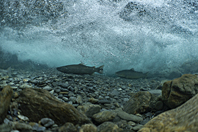  F27-127 F27-127Lake trout |
  F27-128 F27-128Lake trout |
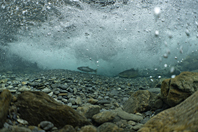 F27-129 Lake trout |
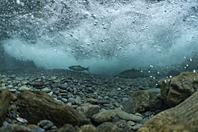  F27-130 F27-130Lake trout |
||||||||||||||||||||
  U103-654 U103-654 |
  U103-656 U103-656 |
 U103-660 |
 U103-658 |
||||||||||||||||||||
  U103-661 U103-661 |
 U103-663 |
  U103-665 U103-665 |
  U103-666 U103-666 |
||||||||||||||||||||
 U103-669 |
 U103-668 |
 U103-1059 |
  U103-1062 U103-1062 |
||||||||||||||||||||
|
|||||||||||
 |
 |
||||||||||
  U103-1279 U103-1279 |
 U103-1280 |
  U103-931 U103-931 |
 U103-932 |
||||||||
  U103-938 U103-938 |
 U103-939 |
 U103-941 |
  U103-942 U103-942 |
||||||||
  U103-944 U103-944 |
 U103-948 |
  U103-949 U103-949 |
  U103-1056 U103-1056 |
||||||||
|
|||||||||||||||||||||||
|
|||||||||||||||||||||||
 |
 |
||||||||||||||||||||||
 |
 |
||||||||||||||||||||||
  U103-1139 U103-1139 |
  U103-1140 U103-1140 |
  U103-1142 U103-1142 |
 U103-1143 |
||||||||||||||||||||
 U103-1144 |
 U103-1145 |
  U103-1147 U103-1147 |
 U103-1148 |
||||||||||||||||||||
 U103-1150 |
  U103-1153 U103-1153 |
 U103-1135 |
 U103-1136 |
||||||||||||||||||||
|
|||||||||||||||
 |
 |
||||||||||||||
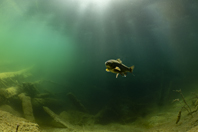  F10-185 F10-185 |
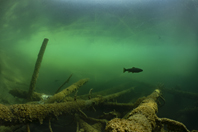 F10-184 |
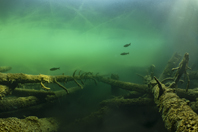 F10-183 |
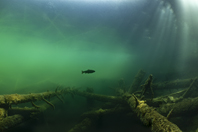 F10-182 |
||||||||||||
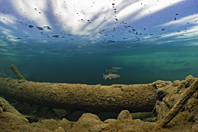 X99-1751 |
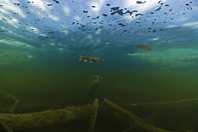 X99-1754 |
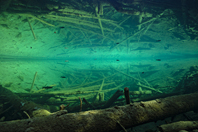 X99-1694 |
|||||||||||||
  X99-1697 X99-1697 |
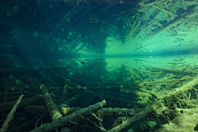 X99-1698 |
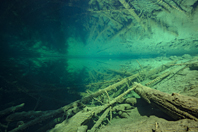 X99-1699 |
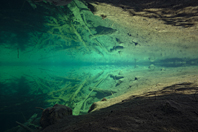 X99-1700 |
||||||||||||
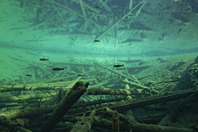  X99-1685 X99-1685 |
  X99-1687 X99-1687 |
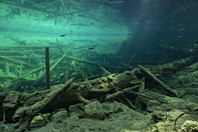 X99-1689 |
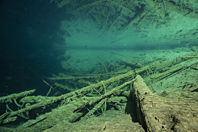 X99-1692 |
||||||||||||
|
|||||||||||
 |
 |
||||||||||
| u103 | |||||||||||
  U103-457 U103-457 |
 U103-458 |
  U103-460 U103-460 |
  U103-462 U103-462 |
||||||||
 U103-463 |
 U103-467 |
  U103-468 U103-468 |
 U103-470 |
||||||||
  U103-472 U103-472 |
 U103-449 |
 U103-453 |
 U103-455 |
||||||||
| Flüebachquelle, Reutigen – spring at the Glütschbach | |||
 |
 |
||
  U103-714 Caddisfly larvae U103-714 Caddisfly larvae |
 U103-715 |
  U103-716 U103-716 |
 U103-717 |
 U103-638 |
  U103-639 U103-639 |
 U103-640 |
  U103-340 U103-340 |
  U103-343 U103-343 |
 U103-344 |
  U103-348 U103-348 |
 U103-349 |
 U103-635 |
  U103-636 U103-636 |
 U103-1014 |
  U103-1015 U103-1015 |
| Harnischlinge, Reutigen – karst spring at the Glütschbach | |||
 |
 |
||
 U103-719 |
  U103-720 U103-720 |
 U103-643 |
  U103-645 U103-645 |
 U103-352 |
  U103-355 U103-355 |
  U103-356 U103-356 |
 U103-358 |
 U103-361 |
  U103-359 U103-359 |
 U103-637 |
 U103-1016 |
| Aubächli, Wimmis – White-clawed crayfish in the renaturalized stream, as protection against crayfish plague | |||
 |
 |
||
 |
 |
||
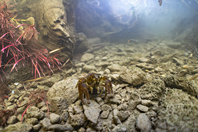 J01-45 |
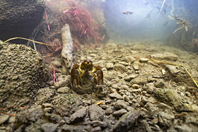  J01-47 J01-47 |
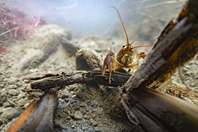  J01-49 J01-49 |
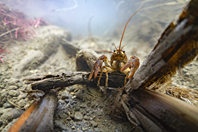  J01-50 J01-50 |
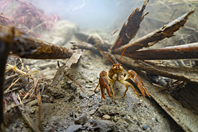  J01-51 J01-51 |
 J01-52 |
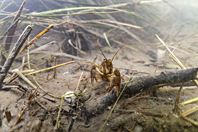  J01-55 J01-55 |
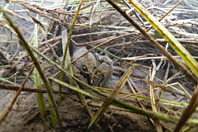  J01-56 J01-56 |
 |
 |
||
  U103-1416 U103-1416 |
  U103-1417 U103-1417 |
  U103-1155 U103-1155 |
 U103-1157 |
 U103-1158 |
 U103-1159 |
  U103-1160 U103-1160 |
  U103-1162 U103-1162 |
  U103-1165 U103-1165 |
 U103-1166 |
 U103-438 |
 U103-439 |
| Steinigand, Wimmis – spawning pools for amphibians created in the gravel of the Kander River | |||
 |
 |
||
 |
 |
||
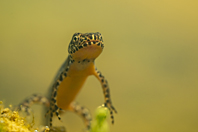  U103-441 Alpine newt f U103-441 Alpine newt f |
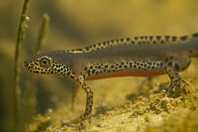  U103-443 Alpine newt m U103-443 Alpine newt m |
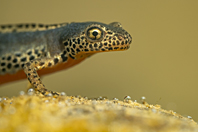 U103-444 Alpine newt m |
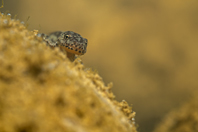 U103-445 Alpine newt f |
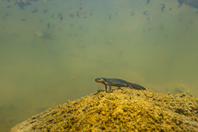 U103-431 Alpine newt f |
 U103-429 |
 U103-446 |
 U103-447 |
 |
 |
||
 |
 |
||
 U103-1418 |
  U103-1419 U103-1419 |
 U103-1420 |
 U103-1421 |
  U103-1422 U103-1422 |
  U103-1423 U103-1423 |
  U103-1424 U103-1424 |
 U103-1425 |
 U103-416 |
 U103-421 |
  U103-424 U103-424 |
  U103-427 U103-427 |
  U103-1410 U103-1410 |
  U103-1412 U103-1412 |
 U103-433 |
 U103-435 |
| Lake Thun, Merligen – trees for fish The fish are in the trees, says the fishery warden. Sounds a bit strange, but in Lake Thun, near Merligen and elsewhere, trees have been sunk to provide fish with a substitute for the natural shores that have disappeared. Accompanied by a professional diver, I go to the lake and we dive down in the direction of the sunken firs. Indeed, we soon see fish in the area of the trees, mainly Perch. They gradually get used to us and I start taking pictures. But suddenly masses of fish shoot into the branches. Is there a predator? Close in front of the camera the Perch now crowd in masses, as I have hardly ever seen. After some time they spread out again around the tree. With really simple means, a lot was achieved for the benefit of the fish. |
|||
| (Back to the overview) | |||
 |
 |
||
 |
 |
||
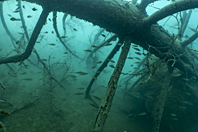  F33-100 F33-100 |
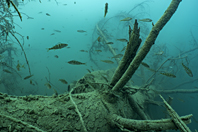 F33-98 |
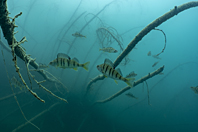  F33-97 F33-97 |
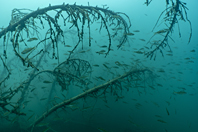  F33-93 F33-93 |
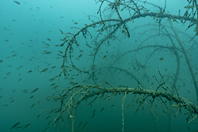  F33-91 F33-91 |
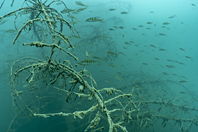 F33-90 |
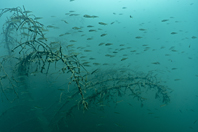  F33-88 F33-88 |
  F33-87 F33-87 |
 |
 |
||
 |
 |
||
 |
 |
||
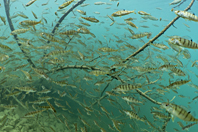 F33-83 |
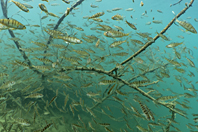  F33-82 F33-82 |
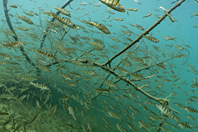 F33-81 |
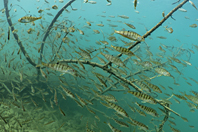 F33-80 |
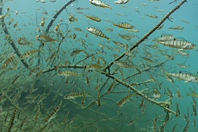  F33-79 F33-79 |
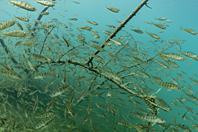 F33-78 |
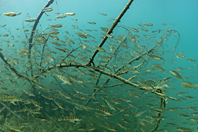  F33-77 F33-77 |
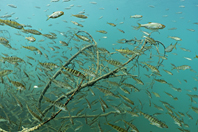 F33-76 |
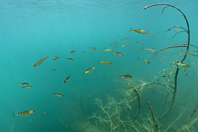  F33-73 F33-73 |
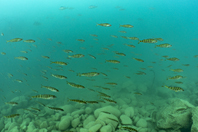  F33-72 F33-72 |
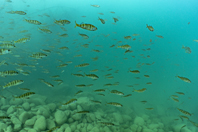  F33-71 F33-71 |
 F33-68 |
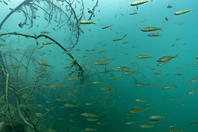  F33-67 F33-67 |
  F33-65 F33-65 |
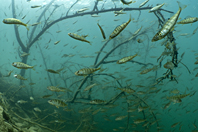  F33-61 F33-61 |
  F22-142 F22-142 |
 |
 |
||
 U103-1430 |
 U103-1431 |
  U103-1432 U103-1432 |
 U103-1433 |
  U103-1435 U103-1435 |
 U103-1437 |
 U103-1427 |
 U103-1428 |
|
|||||||||||||||||||||||
| Schwandbach, Münsingen – first renaturalized, then also reshaped by the beaver | |||||||||||||||||||||||
 |
 |
||||||||||||||||||||||
 |
 |
||||||||||||||||||||||
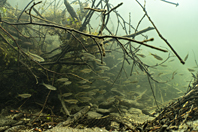  F41-08 Spirlin F41-08 Spirlin |
 U103-1449 |
  U103-1450 U103-1450 |
 U103-1451 |
||||||||||||||||||||
  U103-1452 U103-1452 |
  U103-1454 U103-1454 |
  U103-1456 U103-1456 |
  U103-1457 U103-1457 |
||||||||||||||||||||
  U103-1458 U103-1458 |
 U103-1459 |
  U103-1460 U103-1460 |
  U103-1462 U103-1462 |
||||||||||||||||||||
 |
 |
||||||||||||||||||||||
 |
 |
||||||||||||||||||||||
  U103-1120 U103-1120 |
  U103-1122 U103-1122 |
 U103-1123 |
  U103-1126 U103-1126 |
||||||||||||||||||||
  U103-1128 U103-1128 |
  U103-1087 U103-1087 |
 U103-1088 |
 U103-1091 |
||||||||||||||||||||
 U103-1098 |
 U103-1102 |
 U103-547 |
  U103-554 U103-554 |
||||||||||||||||||||
  U103-1445 U103-1445 |
 U103-535 |
  U103-1112 U103-1112 |
  U103-1116 U103-1116 |
||||||||||||||||||||
 U103-1113 |
 U103-1117 |
  U103-1118 U103-1118 |
  U103-1119 U103-1119 |
||||||||||||||||||||
| Schwarzbach, Münsingen – a relocated and renaturalized stream | |||||||||||||||||||||||
 |
 |
||||||||||||||||||||||
 |
 |
||||||||||||||||||||||
  U103-1310 U103-1310 |
 U103-1313 |
 U103-1316 |
 U103-1316 |
||||||||||||||||||||
 U103-1318 |
 U103-1319 |
  U103-1320 U103-1320 |
 U103-1323 |
||||||||||||||||||||
 U103-1325 |
  U103-1326 U103-1326 |
  U103-1327 U103-1327 |
 U103-1328 |
||||||||||||||||||||
 U103-558 |
  U103-559 U103-559 |
  U103-560 U103-560 |
 U103-561 |
||||||||||||||||||||
 U103-1439 |
  U103-1443 U103-1443 |
  U103-1444 U103-1444 |
 U103-538 |
||||||||||||||||||||
| Hunzigenau, Rubigen – juvenile Chub, European perch, Red-eye rudd, Spirlin, Barbel and Common bleak in shallow renaturalized banks of the Aare river | |||
 |
 |
||
  F13-280 F13-280 |
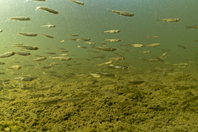  F13-281 F13-281 |
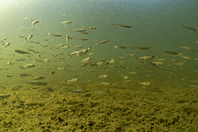 F13-282 |
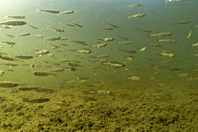 F13-283 |
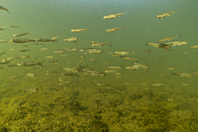  F13-284 F13-284 |
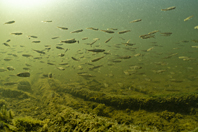 F13-285 |
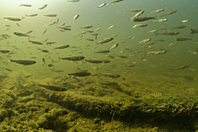 F13-288 |
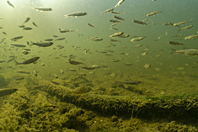  F13-289 F13-289 |
| Hunzigenau, Rubigen – European perch, Red-eye rudd, Spirlin, Chub and Common bleak under dead wood introduced into side arms of the Aare river as measures for renaturation | |||
 |
 |
||
 |
 |
||
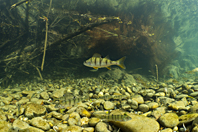  F33-47 F33-47 |
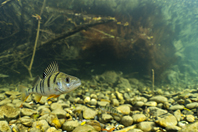  F33-48 F33-48 |
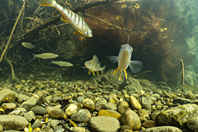 F33-49 |
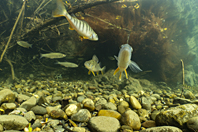  F33-50 F33-50 |
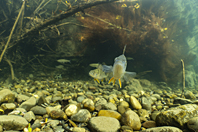 F33-52 |
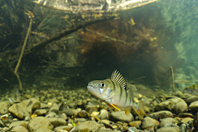 F33-53 |
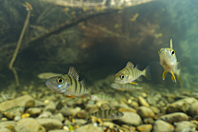  F33-56 F33-56 |
 F33-57 |
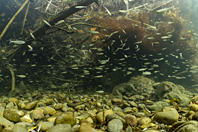 F13-291 |
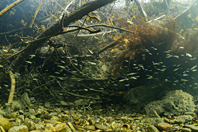  F13-293 F13-293 |
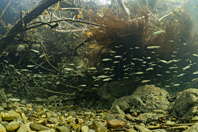 F13-295 |
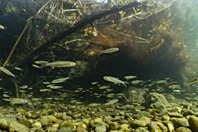  F13-297 F13-297 |
 |
 |
||
 U103-1038 |
  U103-1041 U103-1041 |
 U103-973 |
  U103-974 U103-974 |
  U103-965 U103-965 |
 U103-964 |
 U103-969 |
  U103-970 U103-970 |
 |
 |
||
  U103-956 U103-956 |
 U103-960 |
  U103-961 U103-961 |
  U103-963 U103-963 |
|
|||||||||||||||||||||||
 |
 |
||||||||||||||||||||||
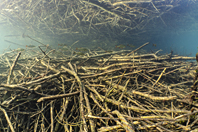 F22-143 Red-eye rudd |
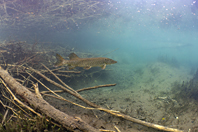  F32-122 Northern Pike F32-122 Northern Pike |
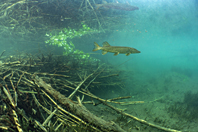 F32-121 Northern Pike |
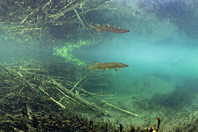  F32-120 Northern Pike F32-120 Northern Pike |
||||||||||||||||||||
  S36-92 European beaver S36-92 European beaver |
 S36-91 European beaver |
 S36-90 European beaver |
  S36-88 European beaver S36-88 European beaver |
||||||||||||||||||||
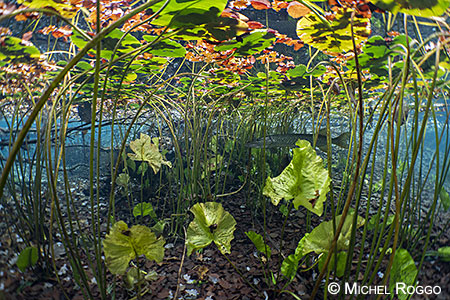 |
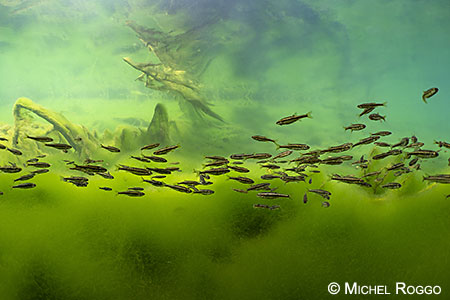 |
||||||||||||||||||||||
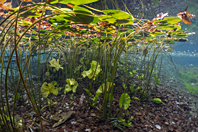 U103-170 |
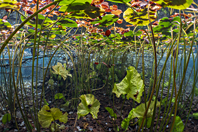  U103-171 U103-171 |
 U103-175 Northern Pike |
  U103-176 Northern Pike U103-176 Northern Pike |
||||||||||||||||||||
 U103-153 |
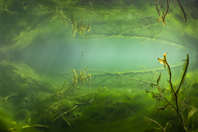  U103-155 U103-155 |
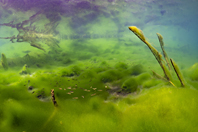 U103-159 Minnow |
  U103-162 Minnow U103-162 Minnow |
||||||||||||||||||||
  U103-163 Minnow U103-163 Minnow |
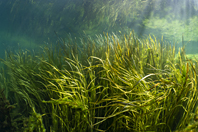 U103-165 |
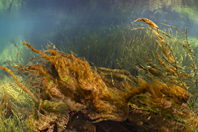 U103-166 |
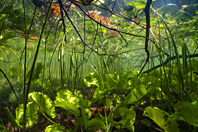  U103-167 U103-167 |
||||||||||||||||||||
 |
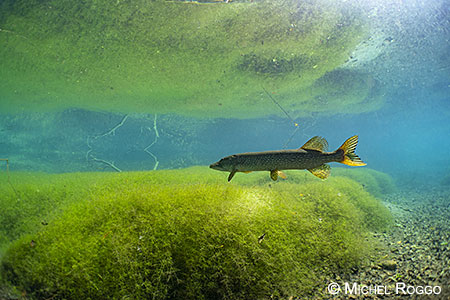 |
||||||||||||||||||||||
  U103-1496 U103-1496 |
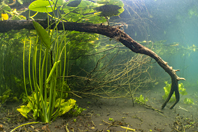  U103-126 U103-126 |
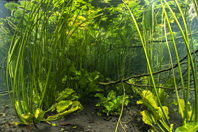 U103-127 |
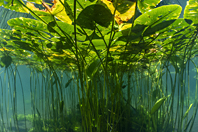 U103-128 |
||||||||||||||||||||
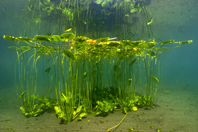  U103-129 U103-129 |
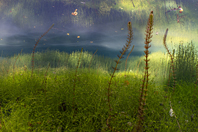 U103-132 |
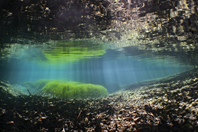  U103-133 U103-133 |
 U103-135 Chub |
||||||||||||||||||||
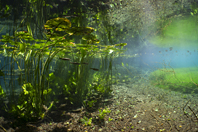  U103-147 Chub U103-147 Chub |
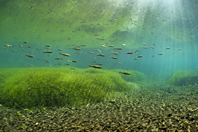 U103-136 Chub |
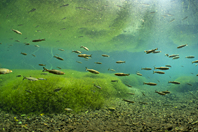  U103-138 Chub U103-138 Chub |
  U103-152 Northern Pike U103-152 Northern Pike |
||||||||||||||||||||
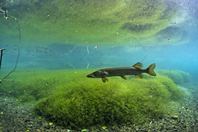 U103-140 Northern Pike |
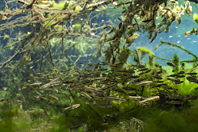 U103-142 Minnow |
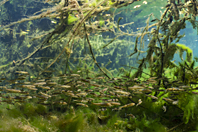  U103-143 Minnow U103-143 Minnow |
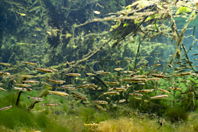 U103-146 Minnow |
||||||||||||||||||||
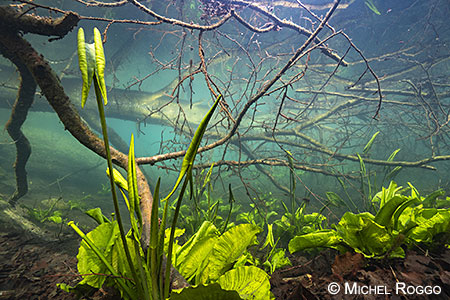 |
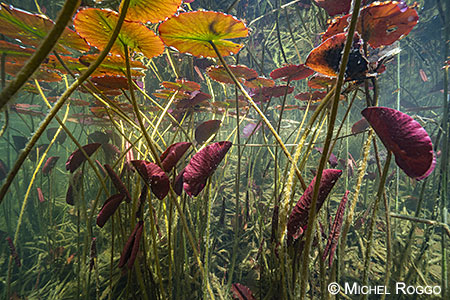 |
||||||||||||||||||||||
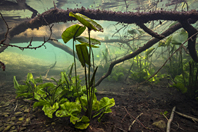 U103-120 |
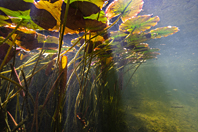  U103-124 U103-124 |
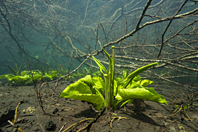 U103-098 |
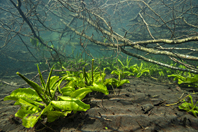  U103-099 U103-099 |
||||||||||||||||||||
  U103-102 U103-102 |
  U103-104 U103-104 |
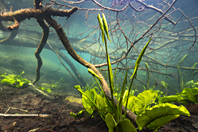 U103-105 |
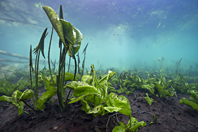 U103-107 |
||||||||||||||||||||
  U103-108 U103-108 |
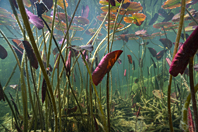 U103-111 |
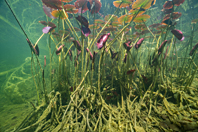  U103-112 U103-112 |
  U103-116 U103-116 |
||||||||||||||||||||
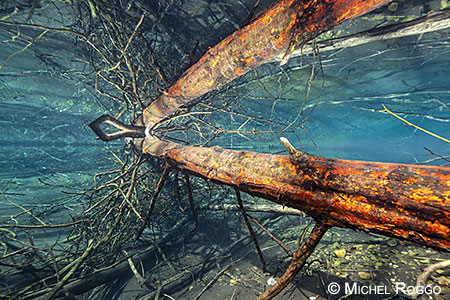 |
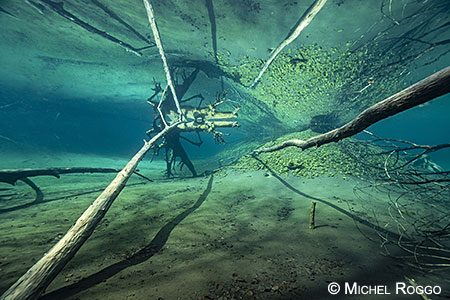 |
||||||||||||||||||||||
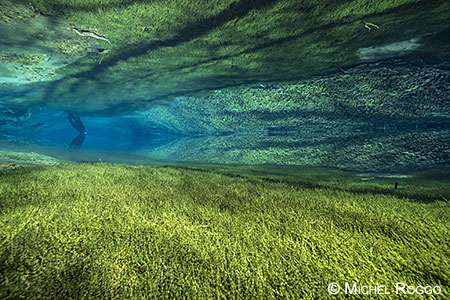 |
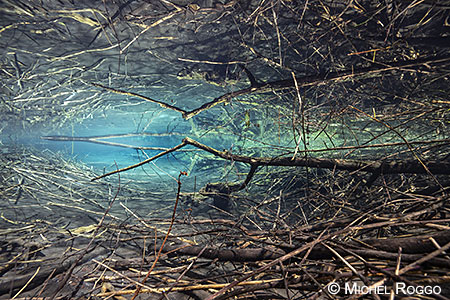 |
||||||||||||||||||||||
  U103-066 U103-066 |
  U103-068 U103-068 |
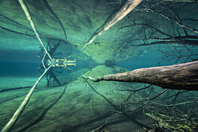 U103-070 |
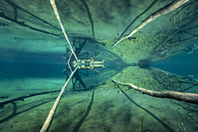  U103-071 U103-071 |
||||||||||||||||||||
  U103-074 U103-074 |
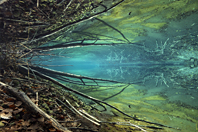 U103-076 |
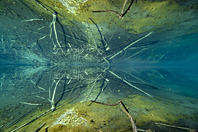 U103-078 |
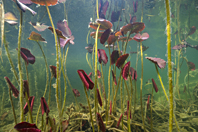  U103-084 U103-084 |
||||||||||||||||||||
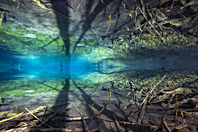  U103-045 U103-045 |
  U103-047 U103-047 |
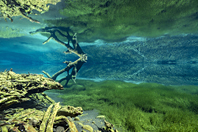  U103-050 U103-050 |
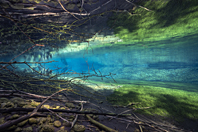 U103-055 |
||||||||||||||||||||
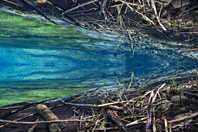  U103-057 U103-057 |
  U103-061 U103-061 |
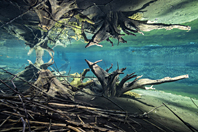  U103-062 U103-062 |
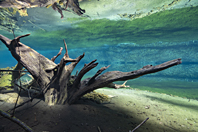 U103-063 |
||||||||||||||||||||
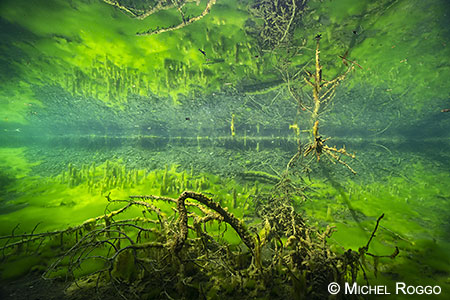 |
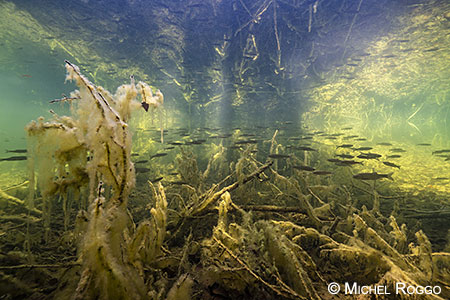 |
||||||||||||||||||||||
  U103-033 U103-033 |
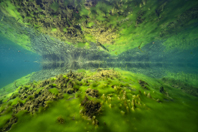 U103-034 |
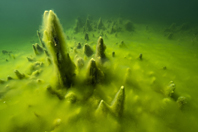 U103-037 |
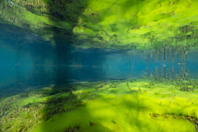  U103-039 U103-039 |
||||||||||||||||||||
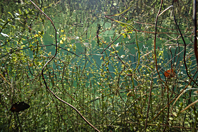  U103-044 U103-044 |
 F13-298 Chub |
  U103-1049 Chub U103-1049 Chub |
 U103-1050 |
||||||||||||||||||||
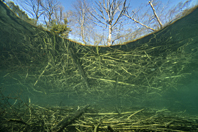  U103-002 U103-002 |
  U103-007 Chub U103-007 Chub |
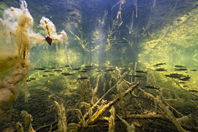 U103-008 Chub |
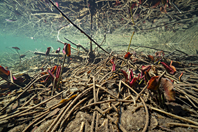 U103-013 |
||||||||||||||||||||
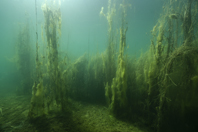 U103-021 |
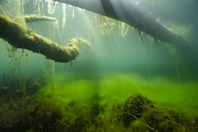  U103-025 U103-025 |
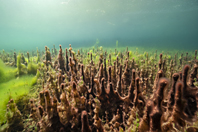 U103-026 |
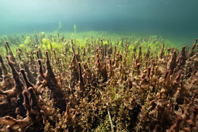  U103-027 U103-027 |
||||||||||||||||||||
 U103-606 |
 U103-607 |
 U103-608 |
  U103-609 U103-609 |
||||||||||||||||||||
 U103-610 |
 U103-611 |
  U103-612 U103-612 |
  U103-613 U103-613 |
||||||||||||||||||||
  U103-1046 U103-1046 |
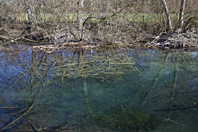 U103-085 |
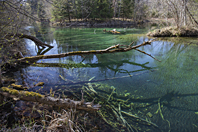  U103-087 U103-087 |
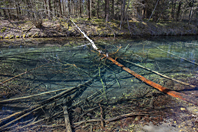 U103-088 |
||||||||||||||||||||
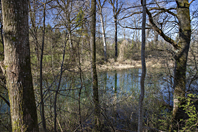 U103-089 |
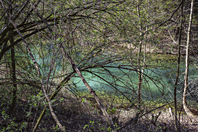 U103-090 |
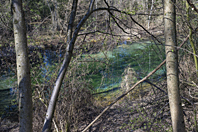 U103-092 |
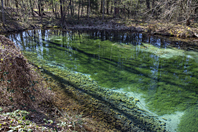 U103-093 |
||||||||||||||||||||
|
|||||||||||||||||||||||
| Emme and Urtene, Schalunen | |||||||||||||||||||||||
 |
 |
||||||||||||||||||||||
 |
 |
||||||||||||||||||||||
  U103-1353 U103-1353 |
  U103-1355 U103-1355 |
  U103-1357 U103-1357 |
  U103-1358 U103-1358 |
||||||||||||||||||||
  U103-1360 U103-1360 |
 U103-1361 |
 U103-1363 |
  U103-1367 U103-1367 |
||||||||||||||||||||
 U103-1368 |
  U103-1370 U103-1370 |
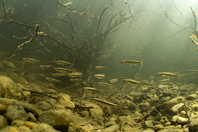 F29-59 Common minnow |
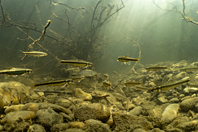  F29-61 Common minnow F29-61 Common minnow |
||||||||||||||||||||
 |
 |
||||||||||||||||||||||
 |
 |
||||||||||||||||||||||
 U103-679 |
  U103-680 U103-680 |
  U103-681 U103-681 |
 U103-683 |
||||||||||||||||||||
  U103-684 U103-684 |
 U103-685 |
 U103-688 |
  U103-689 U103-689 |
||||||||||||||||||||
 U103-690 |
  U103-691 U103-691 |
 U103-692 |
 U103-693 Simulids |
||||||||||||||||||||
  U103-671 Emmenschachen U103-671 Emmenschachen |
 U103-672 Emmenschachen |
  U103-676 Urtene U103-676 Urtene |
 U103-677 Urtene |
||||||||||||||||||||
| Urtene, Holzmühle – barbel and chub replace the once common trout and grayling | |||
 |
 |
||
 U103-903 |
 U103-904 |
  U103-905 U103-905 |
 U103-906 |
 U103-908 |
  U103-910 U103-910 |
  U103-912 U103-912 |
 U103-913 |
 |
 |
||
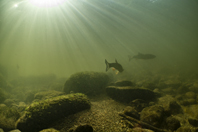 F13-262 Chub |
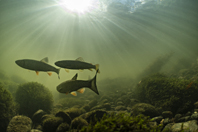  F13-263 Chub, Brown trout F13-263 Chub, Brown trout |
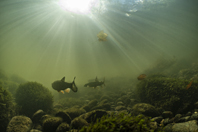 F13-264 Chub, Barbel |
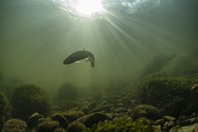  F13-266 Chub F13-266 Chub |
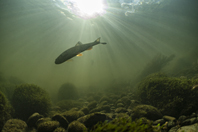 F13-267 Chub |
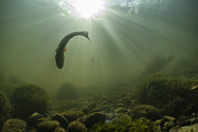  F13-268 Chub F13-268 Chub |
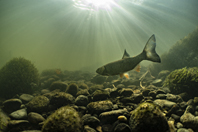 F13-270 Chub |
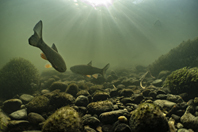  F13-271 Chub F13-271 Chub |
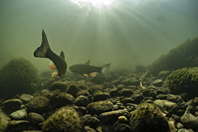 F13-272 Chub |
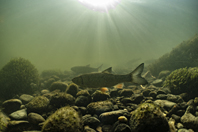 F13-273 Chub |
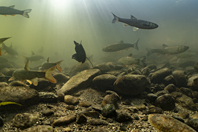  F13-276 Chub, Barbel F13-276 Chub, Barbel |
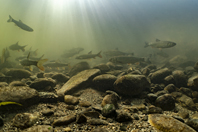 F13-277 Chub, Barbel |
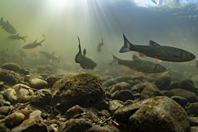  F13-278 Chub, Barbel F13-278 Chub, Barbel |
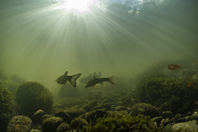  F19-145 Barbel, Chub F19-145 Barbel, Chub |
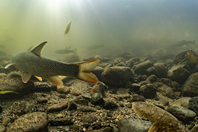 F19-147 Barbel, Chub |
  U103-896 U103-896 |
 U103-898 |
 U103-899 |
 U103-900 |
  U103-901 U103-901 |
| Sense river – wild and untamed The Sense is the most valuable river on the northern edge of the Alps. And above all, the last one in Switzerland without a power plant. As a result, floodwaters regularly thunder through the Sense Gorge, continually reshaping the riverbed and the floodplain forest. The gravel bed loosened and rearranged in this way is a paradise for aquatic insects. This is also the river in Switzerland with the most insect species - more than in the Rhine, for example. The Sense was once probably the best trout river in Switzerland, and the otter also lived there like in a land of milk and honey. But today the place of the trout is taken by the barbel. They dance like a ballet over the river bottom, burrowing at the bottom for food or taking drifting insect larvae. In addition, the chub hold up quite well and recently also the spirlin. Everything is in a state of flux. |
|||
| (Back to the overview) | |||
 |
 |
||
 |
 |
||
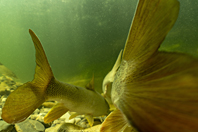  F19-160 Barbel F19-160 Barbel |
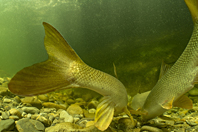  F19-158 Barbel F19-158 Barbel |
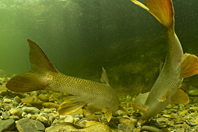  F19-157 Barbel F19-157 Barbel |
  F19-156 Barbel F19-156 Barbel |
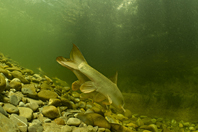 F19-155 Barbel |
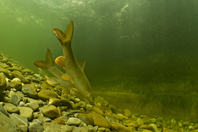  F19-154 Barbel F19-154 Barbel |
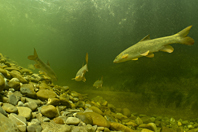  F19-152 Barbel F19-152 Barbel |
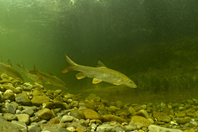 F19-150 Barbel |
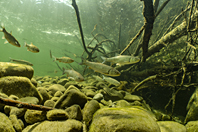  F13-310 Chub F13-310 Chub |
 F13-309 Chub |
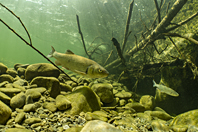 F13-307 Chub |
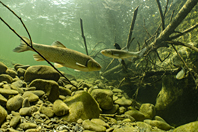 F13-306 Chub |
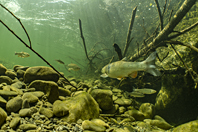  F13-305 Chub F13-305 Chub |
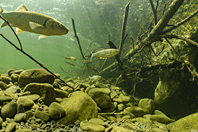 F13-303 Chub |
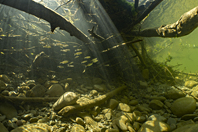 F41-10 Spirlin |
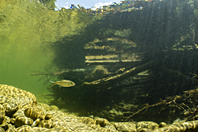 U103-1493 Spirlin |
 U103-1488 |
 U103-1489 |
 U103-1490 |
 U103-1491 |
| Barbel, september and october, 2021 | |||
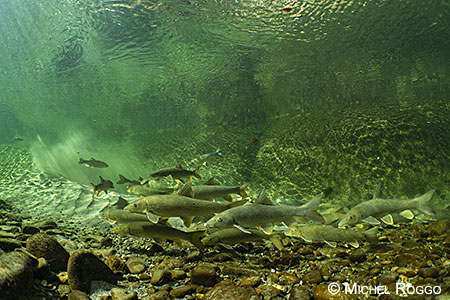 |
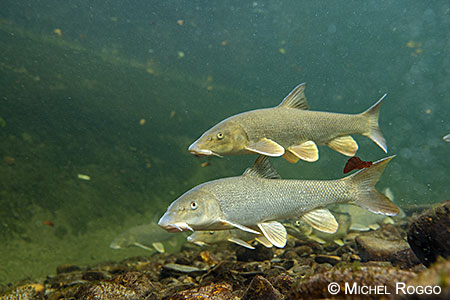 |
||
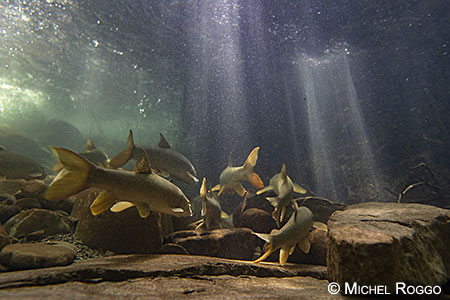 |
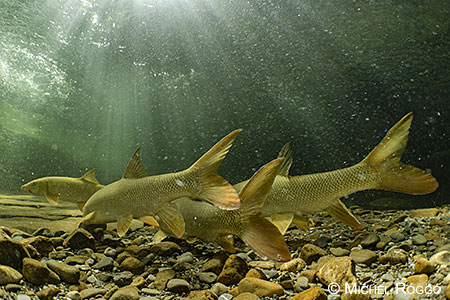 |
||
  F19-144 F19-144 |
  F19-118 F19-118 |
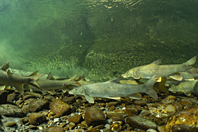 F19-124 |
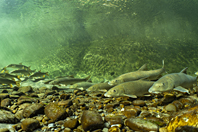  F19-125 F19-125 |
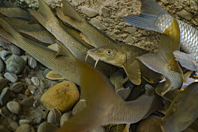 F19-138 |
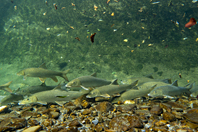  F19-113 F19-113 |
  F19-078 F19-078 |
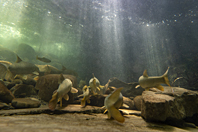 F19-086 |
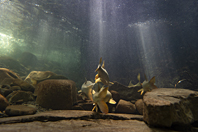 F19-088 |
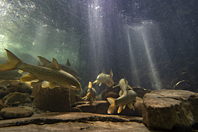 F19-091 |
  F19-092 F19-092 |
 F19-095 |
| Flood of July 2021, with peak of 210 m3/s - Photographed on July 13, 2021 near Sodbach, with about 100 m3/s | |||
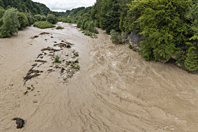  X102-324 X102-324 |
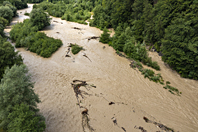  X102-326 X102-326 |
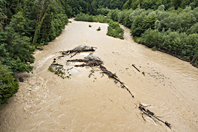 X102-332 |
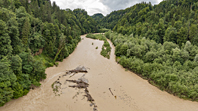  X102-331 X102-331 |
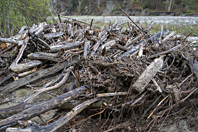 X102-318 |
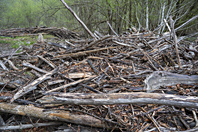  X102-320 X102-320 |
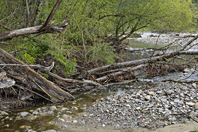 X102-323 |
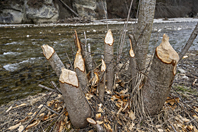 X102-312 |
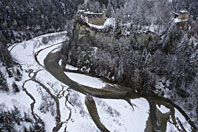 X102-273 |
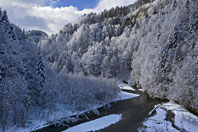  X102-267 X102-267 |
  X102-266 X102-266 |
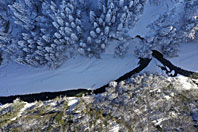 X102-260 |
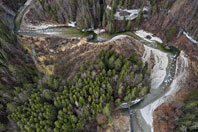  X102-301 X102-301 |
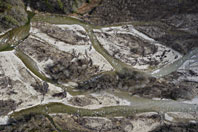  X102-298 X102-298 |
  X102-275 X102-275 |
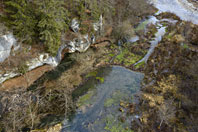 X102-281 Beaver dam |
|
|||||||||||||||||||||||
 |
 |
||||||||||||||||||||||
 |
 |
||||||||||||||||||||||
| Common toad spawning | |||||||||||||||||||||||
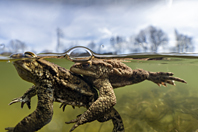 L05-095 |
  L05-098 L05-098 |
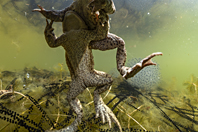  L05-099 L05-099 |
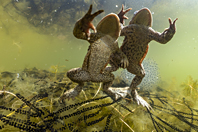 L05-100 |
||||||||||||||||||||
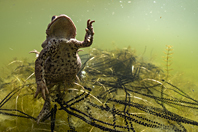  L05-101 L05-101 |
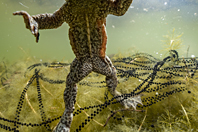  L05-102 L05-102 |
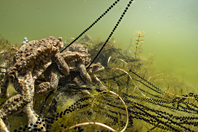  L05-104 L05-104 |
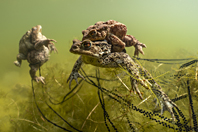  L05-105 L05-105 |
||||||||||||||||||||
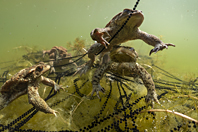 L05-107 |
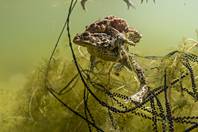  L05-108 L05-108 |
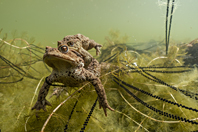 L05-109 |
 L05-110 |
||||||||||||||||||||
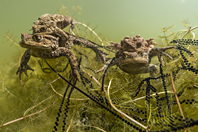  L05-111 L05-111 |
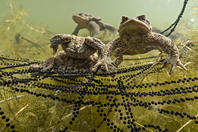  L05-112 L05-112 |
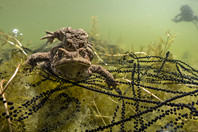 L05-113 |
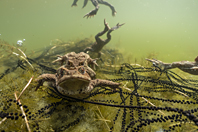 L05-114 |
||||||||||||||||||||
 |
 |
||||||||||||||||||||||
 |
 |
||||||||||||||||||||||
| Common toad spawning | |||||||||||||||||||||||
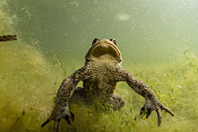 L05-071 |
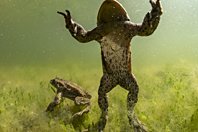 L05-072 |
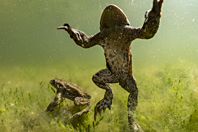  L05-073 L05-073 |
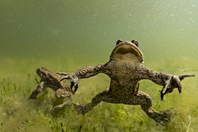 L05-074 |
||||||||||||||||||||
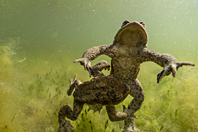  L05-075 L05-075 |
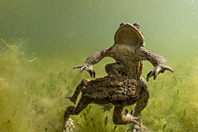 L05-076 |
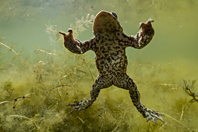 L05-077 |
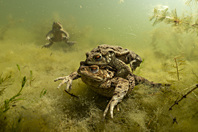  L05-079 L05-079 |
||||||||||||||||||||
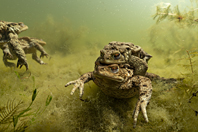 L05-080 |
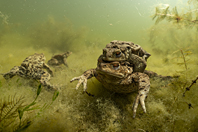  L05-081 L05-081 |
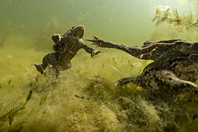  L05-082 L05-082 |
  L05-084 L05-084 |
||||||||||||||||||||
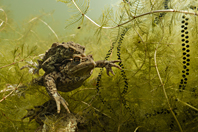 L05-085 |
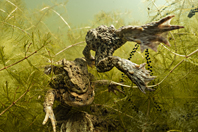  L05-086 L05-086 |
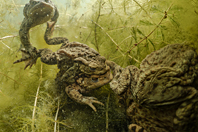  L05-088 L05-088 |
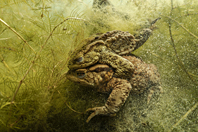 L05-089 |
||||||||||||||||||||
 |
 |
||||||||||||||||||||||
| Common toad, tadpoles | |||||||||||||||||||||||
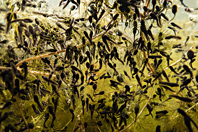  L05-130 L05-130 |
  L05-129 L05-129 |
  L05-126 L05-126 |
 L05-125 |
||||||||||||||||||||
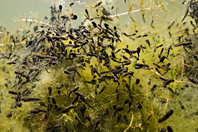  L05-122 L05-122 |
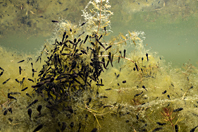 L05-121 |
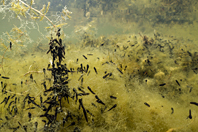 L05-118 |
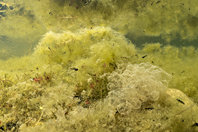  L05-115 L05-115 |
||||||||||||||||||||
 |
 |
||||||||||||||||||||||
 |
 |
||||||||||||||||||||||
 |
 |
||||||||||||||||||||||
  U103-1505 U103-1505 |
 U103-1506 |
  U103-1507 U103-1507 |
 U103-1508 |
||||||||||||||||||||
 U103-1509 |
  U103-1510 U103-1510 |
 U103-1511 |
 U103-1512 |
||||||||||||||||||||
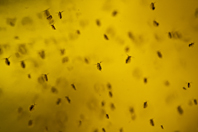  U103-1485 Water fleas U103-1485 Water fleas |
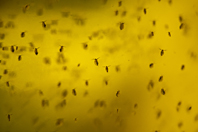  U103-1486 Water fleas U103-1486 Water fleas |
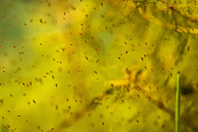  U103-1334 Copepods U103-1334 Copepods |
 U103-1335 Copepods |
||||||||||||||||||||
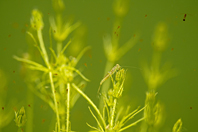  J04-147 Mayfly larvae J04-147 Mayfly larvae |
 U103-1408 Mayfly larvae |
  U103-1409 Snail U103-1409 Snail |
 U103-1333 |
||||||||||||||||||||
  U103-1331 U103-1331 |
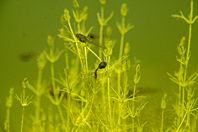  L05-134 Common toad tadpole L05-134 Common toad tadpole |
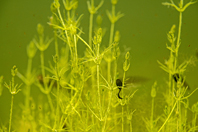 L05-133 Common toad tadpole |
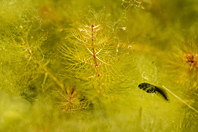  L05-132 Common toad tadpole L05-132 Common toad tadpole |
||||||||||||||||||||
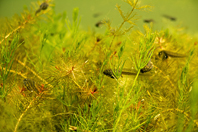  L02-134 Common frog tadpole L02-134 Common frog tadpole |
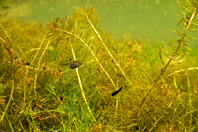 L02-137 Common frog tadpole |
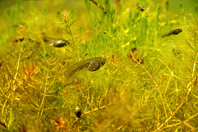 L02-138 Common frog tadpole |
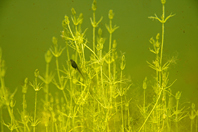 L02-140 Common frog tadpole |
||||||||||||||||||||
  L02-141 Common frog tadpole L02-141 Common frog tadpole |
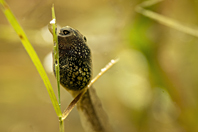  L02-145 Common frog tadpole L02-145 Common frog tadpole |
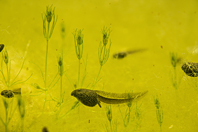 L02-126 Common frog tadpole |
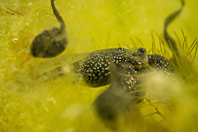  L02-128 Common frog tadpole L02-128 Common frog tadpole |
||||||||||||||||||||
| Brown trout in the Bibera river | |||||||||||||||||||||||
 |
 |
||||||||||||||||||||||
 F02-338 |
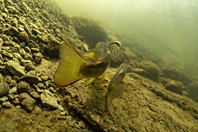  F02-335 F02-335 |
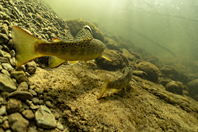 F02-332 |
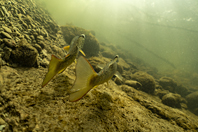  F02-328 F02-328 |
||||||||||||||||||||
| Algae in the ponds | |||||||||||||||||||||||
 U103-330 |
 U103-332 |
 U103-334 |
 U103-335 |
||||||||||||||||||||
  U103-1304 U103-1304 |
 U103-1255 |
 U103-1256 |
 U103-1261 |
||||||||||||||||||||
| Alte Aare, Worben – the old Aare river Unimaginable that the Aare once rolled its mighty waters through this river channel! That was before the first Jura water correction, when it was diverted at Aarberg into Lake Biel. So now the Alte Aare flows as an almost ridiculously small river through enchanted alluvial forests until it joins the diverted waters of the Aare again at Büren. Renaturalized today, idyllic, but still only a residual water. Most of the time, the Alte Aare has turbid water, the once good fish stocks have collapsed. Rich life can only be found in the forgotten waters along the river. I am now sitting at one of these oxbow lakes, watching as large carp slowly approach my camera, nervously twitching their fins, indignant that something is disturbing their quiet world. |
|||||||||||
| (Back to the overview) | |||||||||||
 |
 |
||||||||||
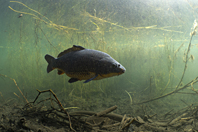 F20-134 Common carp |
  F20-135 Common carp F20-135 Common carp |
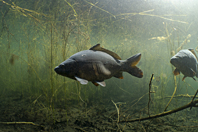  F20-137 Common carp F20-137 Common carp |
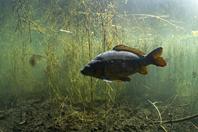  F20-140 Common carp F20-140 Common carp |
||||||||
 |
 |
||||||||||
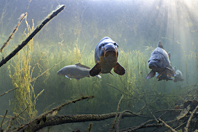 F20-174 Common carp |
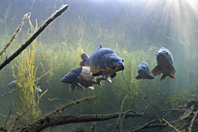  F20-176 Common carp F20-176 Common carp |
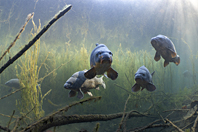  F20-177 Common carp F20-177 Common carp |
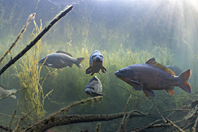 F20-178 Common carp |
||||||||
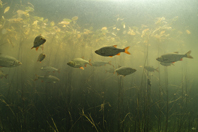  F22-115 Red-eye rudd F22-115 Red-eye rudd |
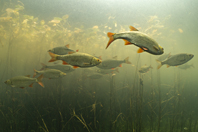  F22-116 Red-eye rudd F22-116 Red-eye rudd |
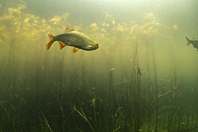 F22-117 Red-eye rudd |
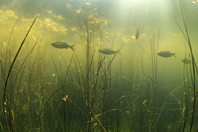 F22-119 Red-eye rudd |
||||||||
 |
 |
||||||||||
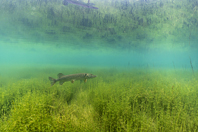  F32-96 Northern Pike F32-96 Northern Pike |
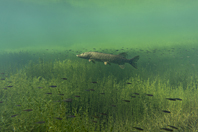  F32-99 Pike, Common bleak F32-99 Pike, Common bleak |
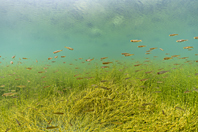  F34-34 Common bleak F34-34 Common bleak |
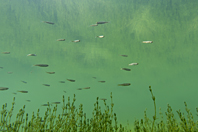  F34-37 Common bleak F34-37 Common bleak |
||||||||
 |
 |
||||||||||
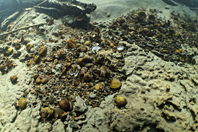  U103-221 Corbicula fluminea U103-221 Corbicula fluminea |
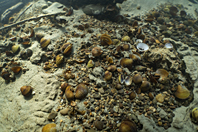 U103-222 Corbicula fluminea |
 U103-220 |
  U103-185 U103-185 |
||||||||
  U103-225 Gnaw marks beaver U103-225 Gnaw marks beaver |
 U103-226 Gnaw marks beaver |
  U103-227 Gnaw marks beaver U103-227 Gnaw marks beaver |
  U103-228 Gnaw marks beaver U103-228 Gnaw marks beaver |
||||||||
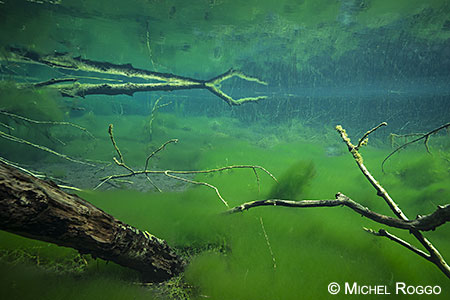 |
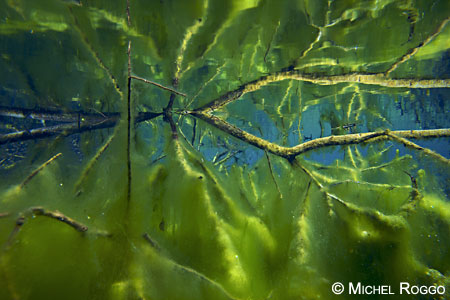 |
||||||||||
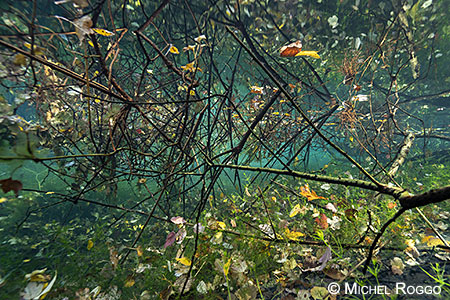 |
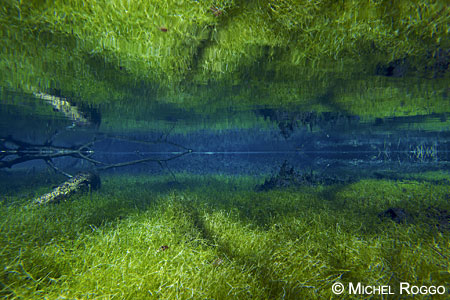 |
||||||||||
 U101-882 |
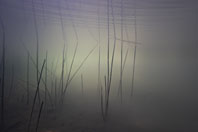 U101-379 |
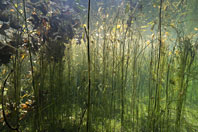  U101-376 U101-376 |
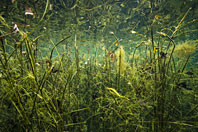  U101-219 U101-219 |
||||||||
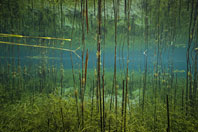 U101-217 |
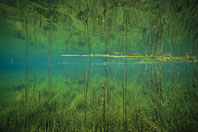  U101-216 U101-216 |
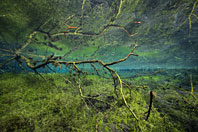  U101-211 U101-211 |
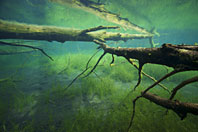  X99-1541 X99-1541 |
||||||||
  X99-1544 X99-1544 |
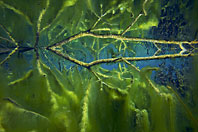 X99-1073 |
||||||||||
  X99-1072 X99-1072 |
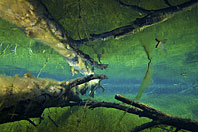 X99-1070 |
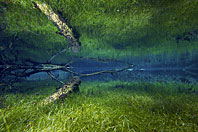  X99-1069 X99-1069 |
  X99-1068 X99-1068 |
||||||||
  U103-598 U103-598 |
 U103-599 |
  U103-600 U103-600 |
  U103-603 U103-603 |
||||||||
|
|||||||||||||||||||||||
 |
 |
||||||||||||||||||||||
 U103-1498 |
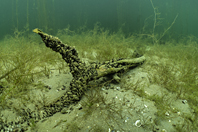 U103-1499 Zebra mussel |
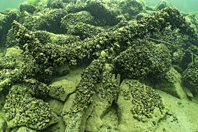 U103-1500 Zebra mussel |
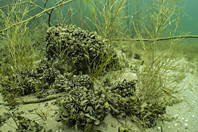  U103-1501 Zebra mussel U103-1501 Zebra mussel |
||||||||||||||||||||
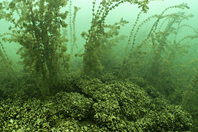  U103-1502 Zebra mussel U103-1502 Zebra mussel |
 U103-1503 |
 U103-1504 |
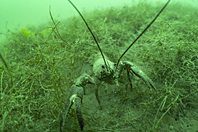  J27-10 Spiny-cheek crayfish J27-10 Spiny-cheek crayfish |
||||||||||||||||||||
 |
 |
||||||||||||||||||||||
 U103-592 |
  U103-595 Juvenile fish U103-595 Juvenile fish |
  U103-596 U103-596 |
 U103-597 |
||||||||||||||||||||
  U103-562 Juvenile fish U103-562 Juvenile fish |
 U103-566 Juvenile fish |
  U103-567 Juvenile fish U103-567 Juvenile fish |
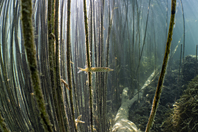 U103-569 Northern Pike |
||||||||||||||||||||
 U103-570 |
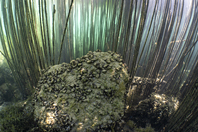 U103-571 Zebra mussel |
 U103-572 |
 U103-573 |
||||||||||||||||||||
  U103-575 Juvenile fish U103-575 Juvenile fish |
 U103-576 Juvenile fish |
  U103-577 Juvenile fish U103-577 Juvenile fish |
  U103-589 Perch U103-589 Perch |
||||||||||||||||||||
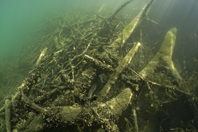  U103-581 Wels catfish U103-581 Wels catfish |
 U103-583 |
 U103-584 Juvenile fish |
  U103-585 Juvenile fish U103-585 Juvenile fish |
||||||||||||||||||||
 |
 |
||||||||||||||||||||||
 |
 |
||||||||||||||||||||||
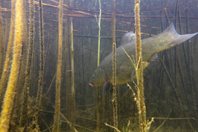 F37-164 Tench |
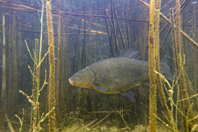  F37-165 Tench F37-165 Tench |
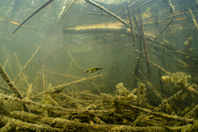 F44-01 Three-spined stickleback |
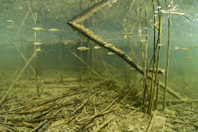 F40-01 European bitterling |
||||||||||||||||||||
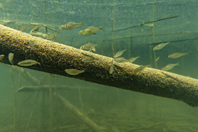 F40-02 European bitterling |
  F40-06 European bitterling F40-06 European bitterling |
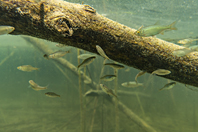  F40-07 European bitterling F40-07 European bitterling |
  U103-531 U103-531 |
||||||||||||||||||||
 U103-532 |
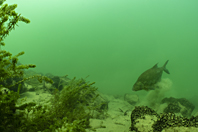  F31-57 Bream F31-57 Bream |
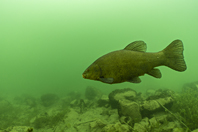 F37-167 Tench |
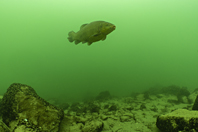 F37-168 Tench |
||||||||||||||||||||
  F37-171 Tench F37-171 Tench |
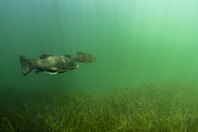 F37-156 Tench |
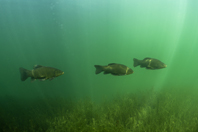  F37-157 Tench F37-157 Tench |
 F37-161 Tench |
||||||||||||||||||||
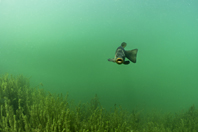  F37-162 Tench F37-162 Tench |
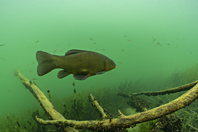  F37-163 Tench F37-163 Tench |
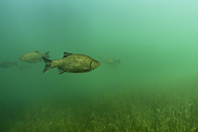  F22-106 Red-eye rudd F22-106 Red-eye rudd |
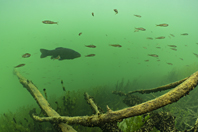 F33-35 Perch, Tench |
||||||||||||||||||||
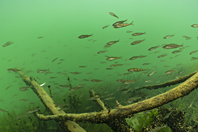  F33-36 European perch F33-36 European perch |
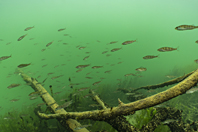 F33-37 European perch |
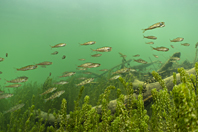  F33-40 European perch F33-40 European perch |
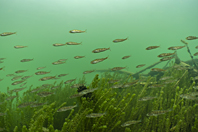 F33-41 European perch |
||||||||||||||||||||
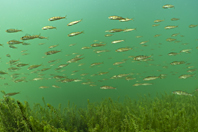  F33-42 European perch F33-42 European perch |
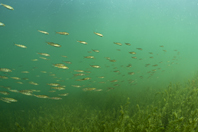 F33-43 European perch |
 U103-528 |
 U103-529 |
||||||||||||||||||||
 |
 |
||||||||||||||||||||||
  U103-477 U103-477 |
  U103-479 U103-479 |
 U103-480 |
 U103-481 |
||||||||||||||||||||
 U103-484 |
 U103-485 |
  U103-486 U103-486 |
  U103-488 U103-488 |
||||||||||||||||||||
 U103-490 |
 U103-492 |
 U103-494 |
 U103-495 |
||||||||||||||||||||
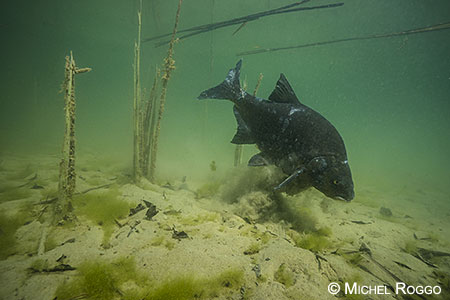 |
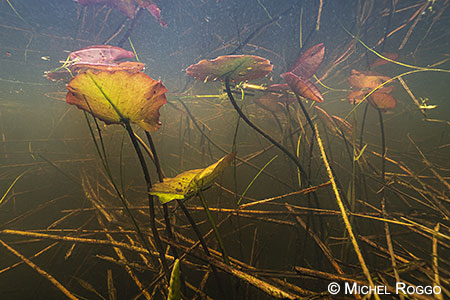 |
||||||||||||||||||||||
  U101-352 U101-352 |
 U101-350 |
 U101-247 |
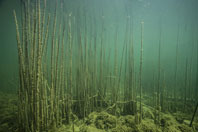 U101-245 |
||||||||||||||||||||
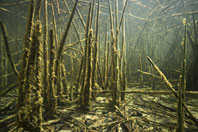  U101-243 U101-243 |
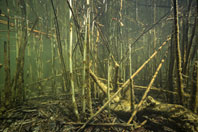 U101-242 |
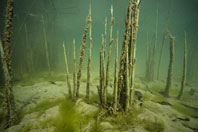 U101-240 |
  U101-238
Bream U101-238
Bream |
||||||||||||||||||||
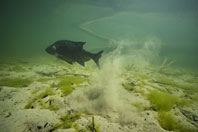 U101-237 Bream |
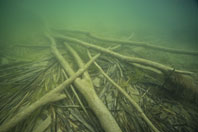  U101-206 U101-206 |
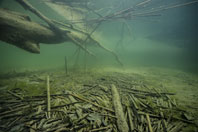 U101-203 |
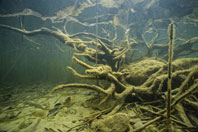  U101-201 U101-201 |
||||||||||||||||||||
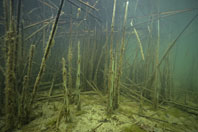  U101-198 U101-198 |
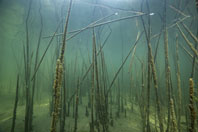  U101-197 U101-197 |
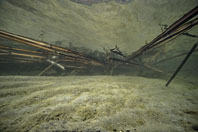 U101-194 |
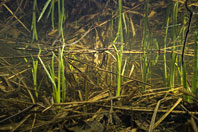 U101-193 |
||||||||||||||||||||
 U103-496 |
 U103-497 |
 U103-498 |
 U103-499 |
||||||||||||||||||||
|
|||||||||||||||||||||||
 |
 |
||||||||||||||||||||||
  F13-300 Chub F13-300 Chub |
 F13-301 Chub |
 U103-1287 |
 U103-1288 |
||||||||||||||||||||
 U103-1289 |
  U103-1290 U103-1290 |
 U103-1291 |
 U103-1292 |
||||||||||||||||||||
  U103-1293 U103-1293 |
 U103-1294 |
 U103-1295 |
  U103-1296 U103-1296 |
||||||||||||||||||||
 U103-1297 |
 U103-1298 |
 U103-1299 |
  U103-1300 U103-1300 |
||||||||||||||||||||
 |
 |
||||||||||||||||||||||
 U103-860 |
  U103-861 U103-861 |
 U103-862 |
  U103-863 U103-863 |
||||||||||||||||||||
 U103-864 |
 U103-865 |
  U103-866 U103-866 |
  U103-867 U103-867 |
||||||||||||||||||||
  U103-868 U103-868 |
  U103-869 U103-869 |
  U103-870 U103-870 |
 U103-871 |
||||||||||||||||||||
  U103-872 U103-872 |
  U103-873 U103-873 |
 U103-874 |
 U103-875 |
||||||||||||||||||||
 |
 |
||||||||||||||||||||||
 U103-362 |
 U103-363 |
  U103-364 U103-364 |
 U103-365 |
||||||||||||||||||||
 U103-366 |
  U103-367 U103-367 |
  U103-369 U103-369 |
  U103-372 U103-372 |
||||||||||||||||||||
 U103-374 |
 U103-375 |
  U103-376 U103-376 |
 U103-377 |
||||||||||||||||||||
  U103-378 U103-378 |
 U103-379 |
  U103-380 U103-380 |
 U103-381 |
||||||||||||||||||||
 U103-382 |
 U103-383 |
 U103-384 |
 U103-385 |
||||||||||||||||||||
|
|||||||||||||||||||||||
 |
 |
||||||||||||||||||||||
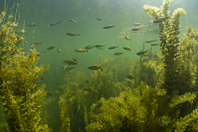 F22-131 Red-eye rudd |
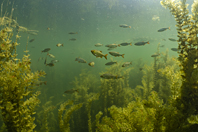  F22-132 Red-eye rudd F22-132 Red-eye rudd |
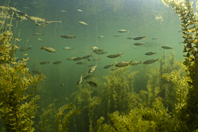  F22-133 Red-eye rudd F22-133 Red-eye rudd |
 F37-178 Tench |
||||||||||||||||||||
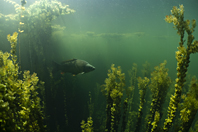  F20-163 Common carp F20-163 Common carp |
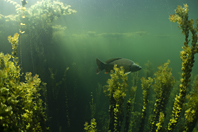  F20-164 Common carp F20-164 Common carp |
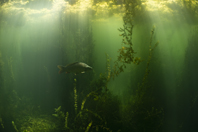 F20-165 Common carp |
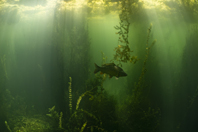 F20-166 Common carp |
||||||||||||||||||||
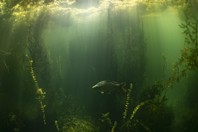  F20-167 Common carp F20-167 Common carp |
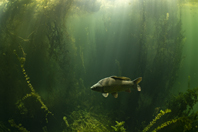  F20-168 Common carp F20-168 Common carp |
 F20-169 Common carp |
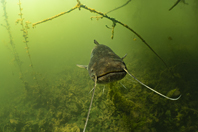 F95-26 Wels catfish |
||||||||||||||||||||
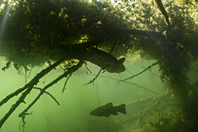 F95-24 Wels catfish |
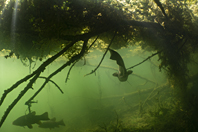 F95-25 Wels catfish |
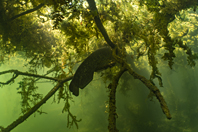  F95-27 Wels catfish F95-27 Wels catfish |
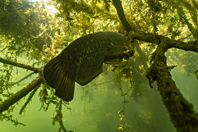 F95-28 Wels catfish |
||||||||||||||||||||
 |
 |
||||||||||||||||||||||
 U103-844 |
  U103-846 U103-846 |
  U103-848 U103-848 |
  U103-850 U103-850 |
||||||||||||||||||||
 U103-852 |
  U103-855 U103-855 |
 U103-857 |
 U103-858 |
||||||||||||||||||||
  U103-820 U103-820 |
 U103-821 |
  U103-822 U103-822 |
  U103-823 U103-823 |
||||||||||||||||||||
 U103-825 |
  U103-829 U103-829 |
 U103-830 |
 U103-832 |
||||||||||||||||||||
 U103-833 |
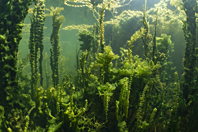  U103-834 U103-834 |
 U103-835 |
  U103-836 U103-836 |
||||||||||||||||||||
  U103-839 U103-839 |
  U103-840 U103-840 |
  U103-841 U103-841 |
 U103-723 |
||||||||||||||||||||
 |
 |
||||||||||||||||||||||
 |
 |
||||||||||||||||||||||
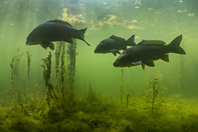 F20-144 Common carp |
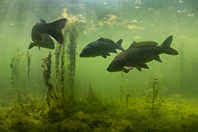  F20-145 Common carp F20-145 Common carp |
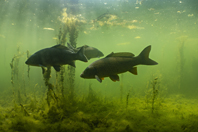  F20-146 Common carp F20-146 Common carp |
  F20-147 Common carp F20-147 Common carp |
||||||||||||||||||||
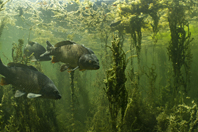 F20-148 Common carp |
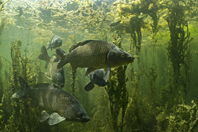  F20-149 Common carp F20-149 Common carp |
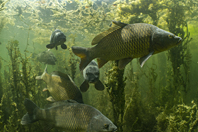  F20-150 Common carp F20-150 Common carp |
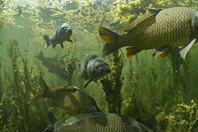 F20-151 Common carp |
||||||||||||||||||||
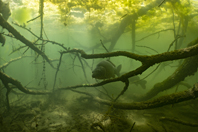  F20-153 Common carp F20-153 Common carp |
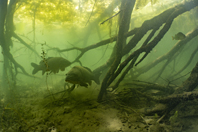  F20-154 Common carp F20-154 Common carp |
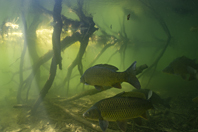  F20-155 Common carp F20-155 Common carp |
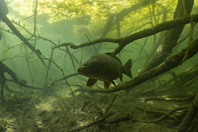  F20-157 Common carp F20-157 Common carp |
||||||||||||||||||||
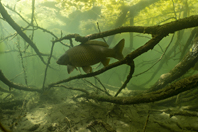 F20-158 Common carp |
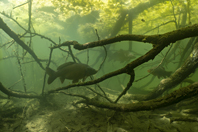 F20-159 Common carp |
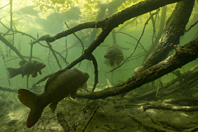  F20-161 Common carp, Tench F20-161 Common carp, Tench |
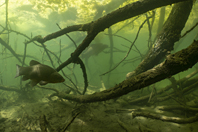 F37-174 Tench |
||||||||||||||||||||
 |
 |
||||||||||||||||||||||
  U103-694 U103-694 |
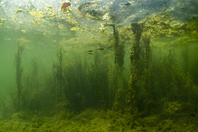 U103-695 Red-eye rudd |
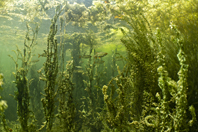 U103-696 Red-eye rudd |
  U103-730 U103-730 |
||||||||||||||||||||
 U103-731 |
 U103-732 |
  U103-733 U103-733 |
 U103-735 |
||||||||||||||||||||
  U103-736 U103-736 |
 U103-737 |
  U103-738 U103-738 |
 U103-740 |
||||||||||||||||||||
  U103-741 U103-741 |
 U103-742 |
 U103-743 |
 U103-746 |
||||||||||||||||||||
  U103-747 U103-747 |
 U103-748 |
 U103-749 |
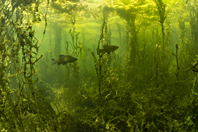  F37-176 Tench F37-176 Tench |
||||||||||||||||||||
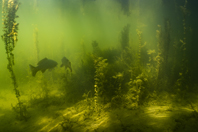  F20-162 Common carp F20-162 Common carp |
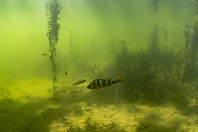  F33-44 European perch F33-44 European perch |
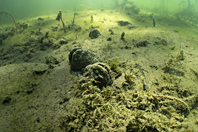 U103-751 Swan mussel |
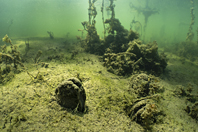 U103-752 Swan mussel |
||||||||||||||||||||
 |
 |
||||||||||||||||||||||
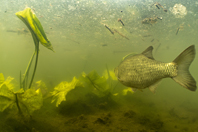  F108-002 Italian rudd F108-002 Italian rudd |
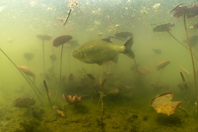 F108-003 Italian rudd |
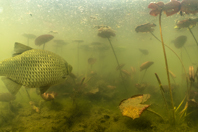  F108-004 Italian rudd F108-004 Italian rudd |
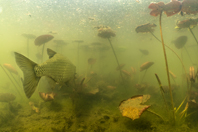  F108-005 Italian rudd F108-005 Italian rudd |
||||||||||||||||||||
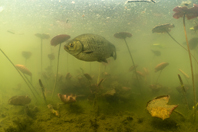 F108-007 Italian rudd |
  U103-1346 U103-1346 |
 U103-1350 |
  U103-1352 U103-1352 |
||||||||||||||||||||
 |
 |
||||||||||||||||||||||
  U103-815 Swan mussel U103-815 Swan mussel |
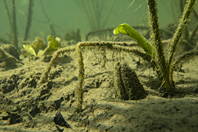 U103-816 Swan mussel |
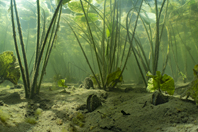 U103-788 Swan mussel |
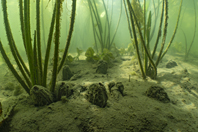  U103-791 Swan mussel U103-791 Swan mussel |
||||||||||||||||||||
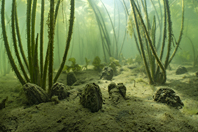 U103-792 Swan mussel |
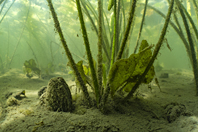  U103-794 Swan mussel U103-794 Swan mussel |
 U103-817 |
 F34-43 Common bleak |
||||||||||||||||||||
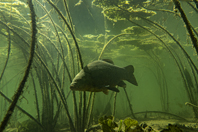 F37-177 Tench |
  U103-773 U103-773 |
  U103-774 U103-774 |
 U103-775 |
||||||||||||||||||||
  U103-776 U103-776 |
 U103-780 |
 U103-781 |
 U103-784 |
||||||||||||||||||||
  U103-785 U103-785 |
  U103-787 U103-787 |
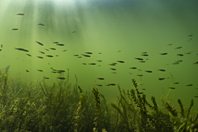  F22-128 Red-eye rudd F22-128 Red-eye rudd |
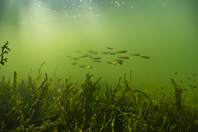 F33-45 European perch |
||||||||||||||||||||
  U103-798 U103-798 |
 U103-799 |
  U103-801 U103-801 |
  U103-804 U103-804 |
||||||||||||||||||||
  U103-807 U103-807 |
 U103-809 |
  U103-811 U103-811 |
  U103-813 U103-813 |
||||||||||||||||||||
 U103-1516 |
 U103-1515 |
 U103-1514 |
 U103-1513 |
||||||||||||||||||||
  U103-698 U103-698 |
 U103-699 |
  U103-700 U103-700 |
 U103-702 |
||||||||||||||||||||
  U103-703 U103-703 |
 U103-1305 |
 U103-1306 |
 U103-1307 |
||||||||||||||||||||
Aare, Büren an der Aare – a river full of fish |
|||
| (Back to the overview) | |||
 |
 |
||
 |
 |
||
 |
 |
||
| In the fall, Roach (Rutilus rutilus) form massive schools of thousands and thousands of fish to seek out wintering grounds in the Aare river. | |||
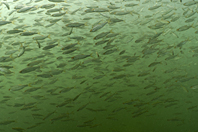  F30-73 F30-73 |
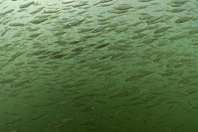 F30-74 |
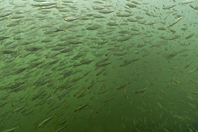  F30-75 F30-75 |
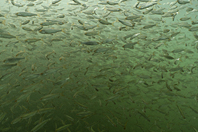 F30-76 |
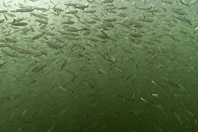 F30-77 |
  F30-78 F30-78 |
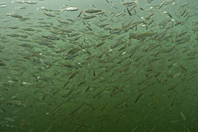 F30-79 |
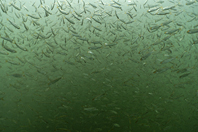  F30-80 F30-80 |
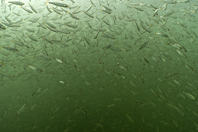 F30-81 |
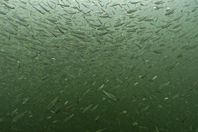 F30-82 |
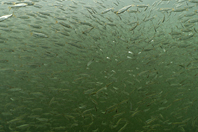 F30-83 |
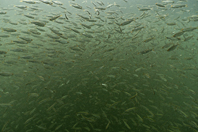 F30-84 |
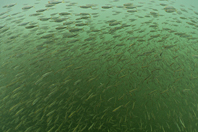  F30-85 F30-85 |
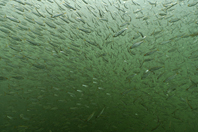 F30-86 |
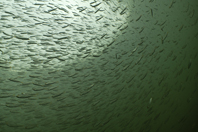 F30-87 |
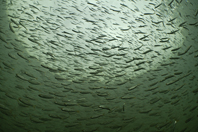  F30-88 F30-88 |
 |
 |
||
 |
 |
||
 |
 |
||
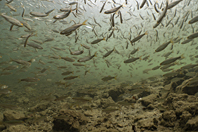 F30-89 Roach |
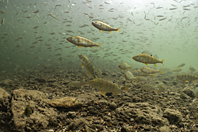  F33-133 Perch, Roach F33-133 Perch, Roach |
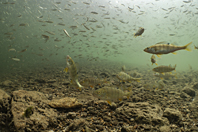 F33-132 Perch, Roach |
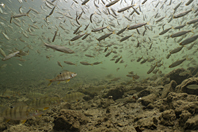  F33-131 Perch, Roach F33-131 Perch, Roach |
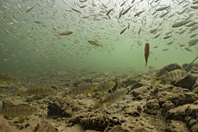 F33-130 Perch, Roach |
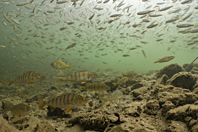  F33-129 Perch, Roach F33-129 Perch, Roach |
 F33-128 Perch, Roach |
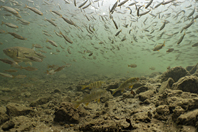 F33-127 Perch, Roach |
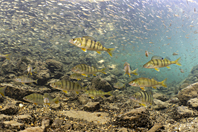  F33-126 Perch F33-126 Perch |
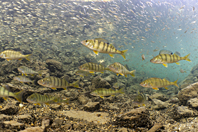  F33-125 Perch F33-125 Perch |
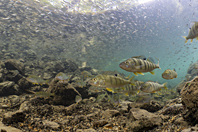 F33-124 Perch |
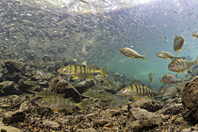 F33-123 Perch |
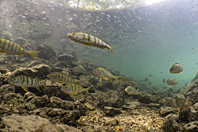 F33-122 Perch |
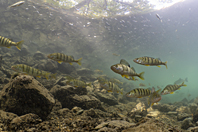  F33-121 Perch F33-121 Perch |
  F33-120 Perch F33-120 Perch |
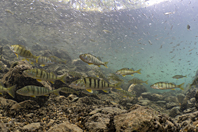  F33-119 Perch F33-119 Perch |
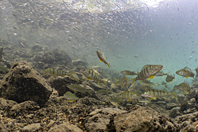 F33-118 Perch |
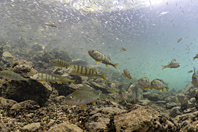 F33-117 Perch |
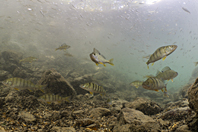  F33-116 Perch F33-116 Perch |
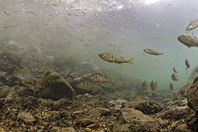 F33-115 Perch |
 |
 |
||
 |
 |
||
 |
 |
||
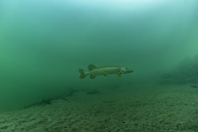 F32-126 Northen Pike |
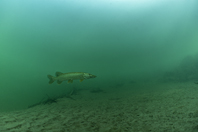  F32-125 Northen Pike F32-125 Northen Pike |
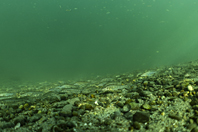 F47-04 Gudgeon |
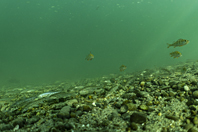 F47-03 Gudgeon |
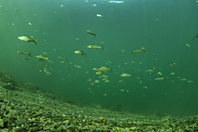 F31-59 Bream |
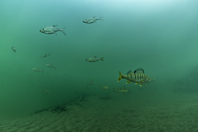 F33-114 Perch |
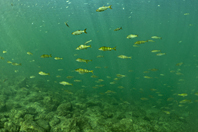 F33-113 Perch |
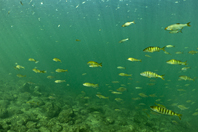 F33-112 Perch |
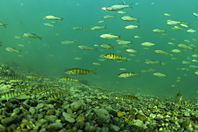 F33-111 Perch |
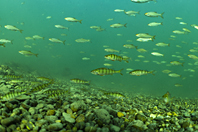  F33-110 Perch F33-110 Perch |
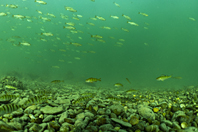 F33-109 Perch |
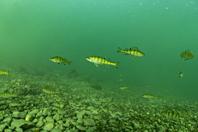 F33-108 Perch |
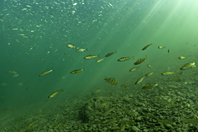 F33-107 Perch |
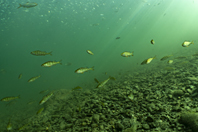  F33-106 Perch F33-106 Perch |
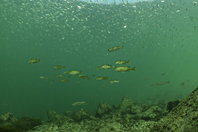 F33-105 Perch |
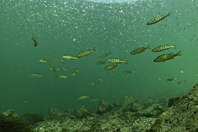  F33-104 Perch F33-104 Perch |
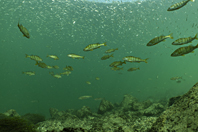 F33-103 Perch |
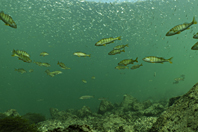 F33-102 Perch |
 F22-148 Red-eye rudd |
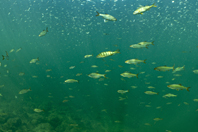  F22-147 Red-eye rudd F22-147 Red-eye rudd |
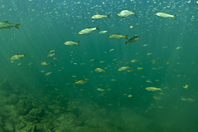 F22-146 Red-eye rudd |
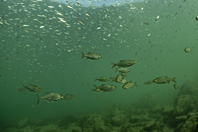  F22-145 Red-eye rudd F22-145 Red-eye rudd |
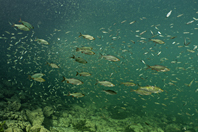  F22-144 Red-eye rudd F22-144 Red-eye rudd |
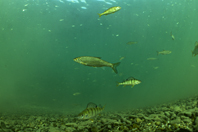 F50-06 Dace |
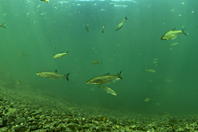 F50-05 Dace |
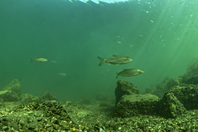 F50-04 Dace |
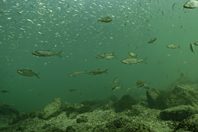 F50-03 Dace |
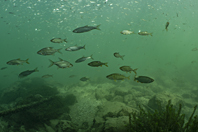 F50-02 Dace |
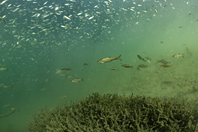 F50-01 Dace |
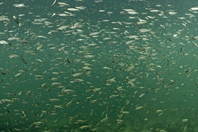 F34-66 Common bleak |
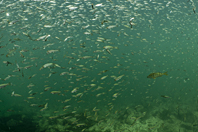 F34-65 Common bleak |
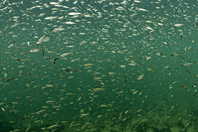 F34-64 Common bleak |
  F34-63 Common bleak F34-63 Common bleak |
 F34-62 Common bleak |
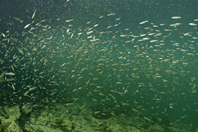 F34-61 Common bleak |
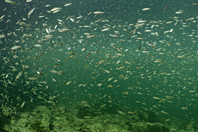  F34-60 Common bleak F34-60 Common bleak |
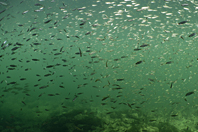 F34-59 Common bleak |
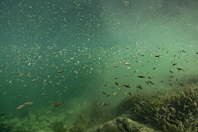 F34-58 Common bleak |
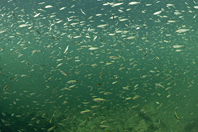 F34-57 Common bleak |
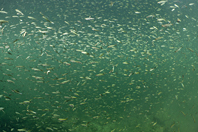  F34-56 Common bleak F34-56 Common bleak |
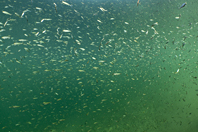 F34-55 Common bleak |
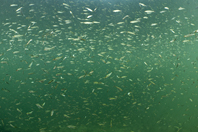 F34-54 Common bleak |
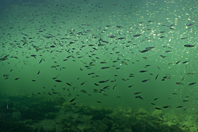 F34-53 Common bleak |
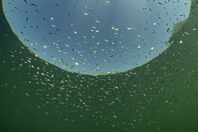  F34-52 Common bleak F34-52 Common bleak |
 |
 |
||
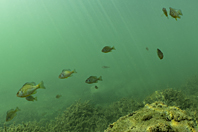 F43-08 Pumpkinseed, Perch |
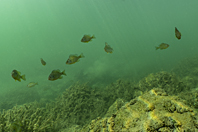  F43-09 Pumpkinseed, Perch F43-09 Pumpkinseed, Perch |
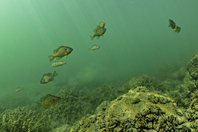 F43-10 Pumpkinseed, Perch |
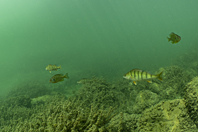 F43-11 Pumpkinseed, Perch |
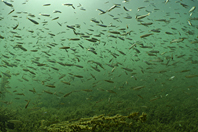  F34-44 Common bleak F34-44 Common bleak |
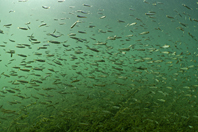 F34-45 Common bleak |
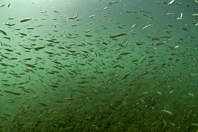 F34-46 Common bleak |
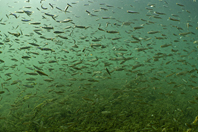  F34-47 Common bleak F34-47 Common bleak |
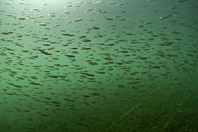  F34-48 Common bleak F34-48 Common bleak |
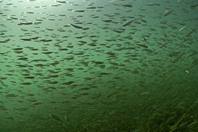 F34-49 Common bleak |
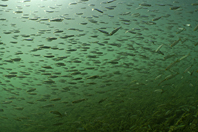 F34-50 Common bleak |
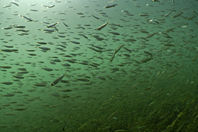  F34-51 Common bleak F34-51 Common bleak |
 |
 |
||
 |
 |
||
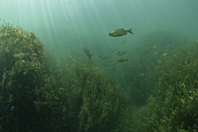  F22-120 Red-eye rudd F22-120 Red-eye rudd |
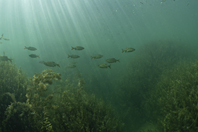 F22-121 Red-eye rudd |
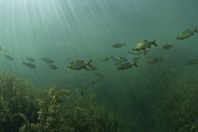 F22-122 Red-eye rudd |
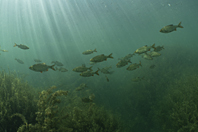  F22-123 Red-eye rudd F22-123 Red-eye rudd |
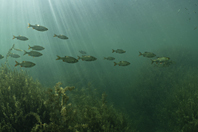 F22-124 Red-eye rudd |
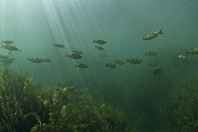  F22-125 Red-eye rudd F22-125 Red-eye rudd |
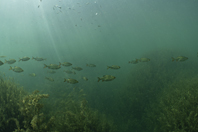 F22-126 Red-eye rudd |
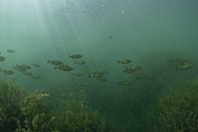 F22-127 Red-eye rudd |
 U103-725 |
 U103-726 |
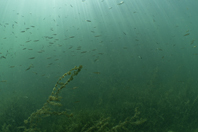 U103-727 Common bleak |
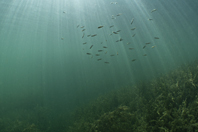 U103-728 Common bleak |
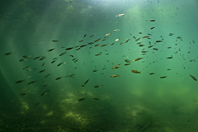 F34-39 Common bleak |
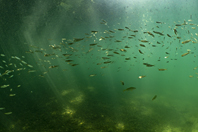  F34-40 Common bleak F34-40 Common bleak |
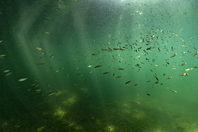 F34-41 Common bleak |
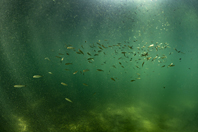 F34-42 Common bleak |
| (Back to the overview) |
| Copyrights of all images, movies and other contents 2023 © Michel Roggo |
